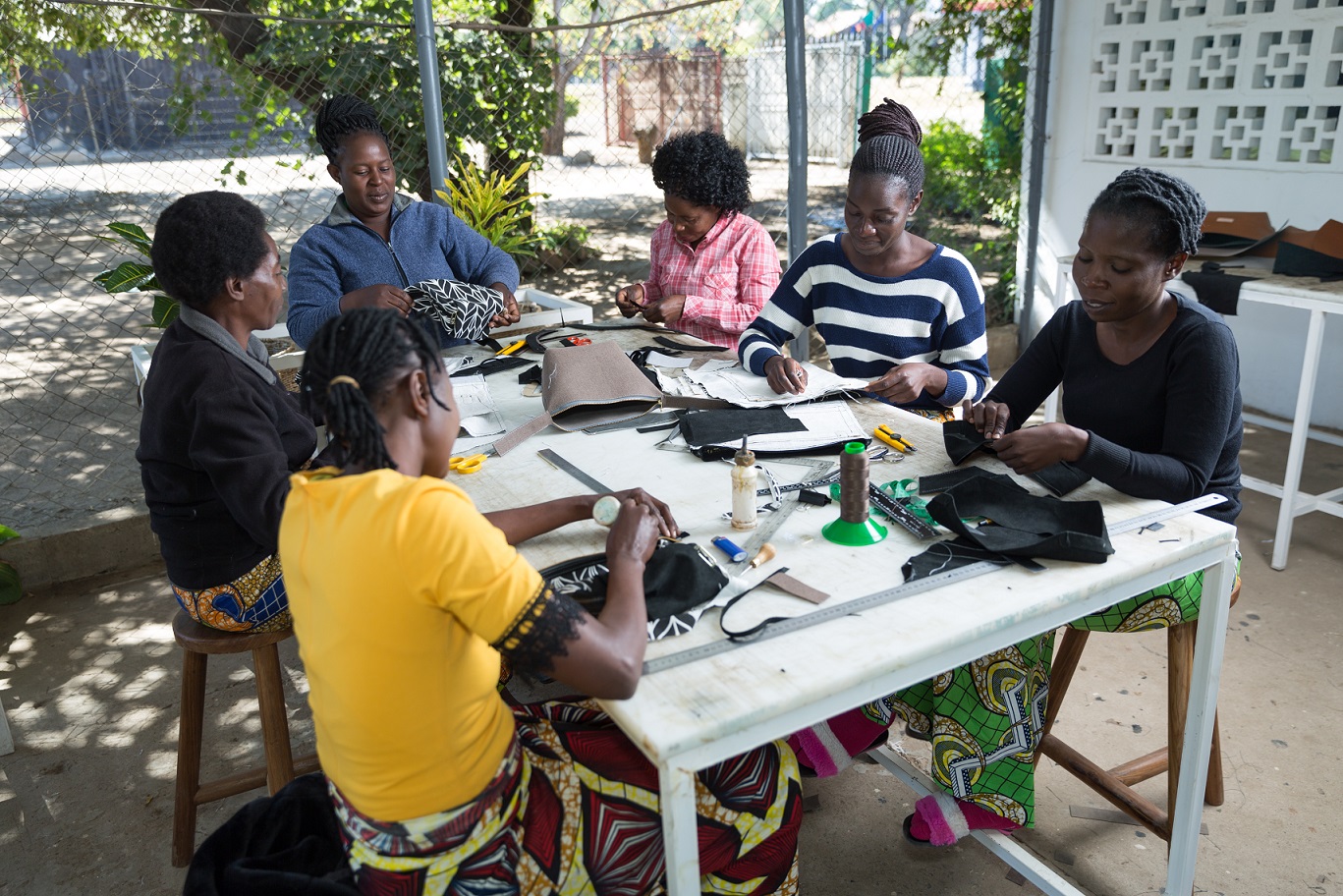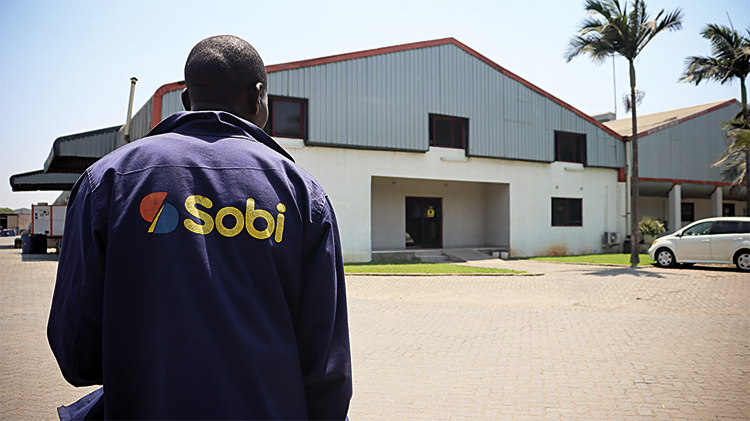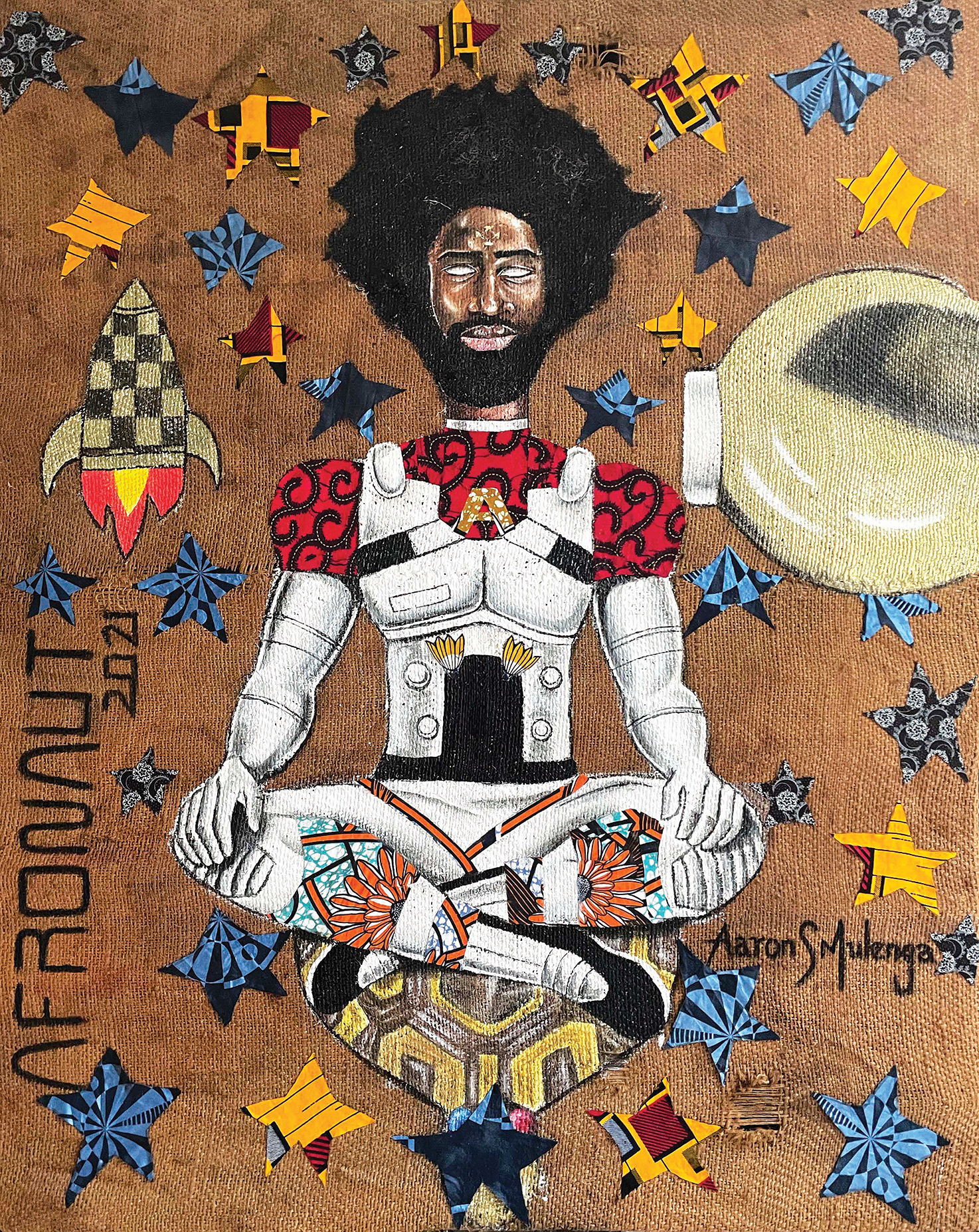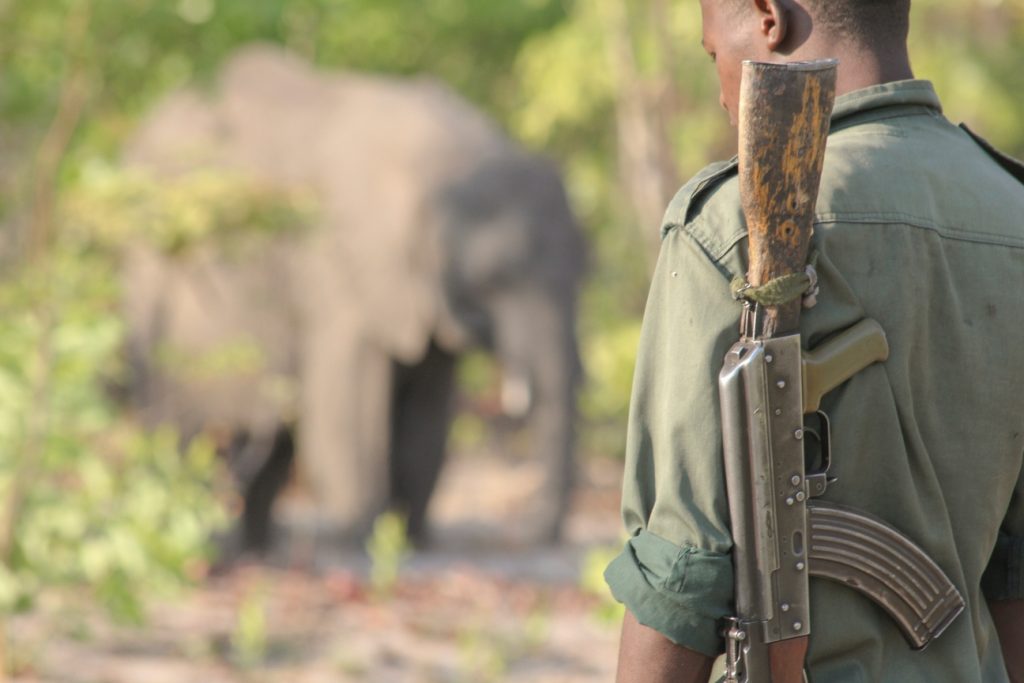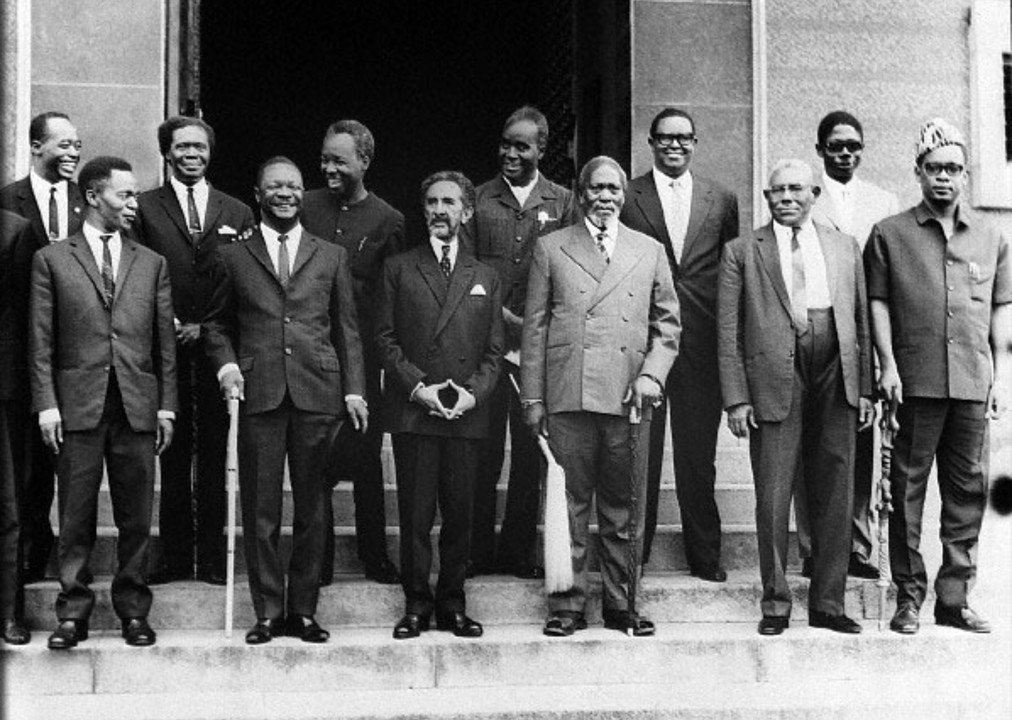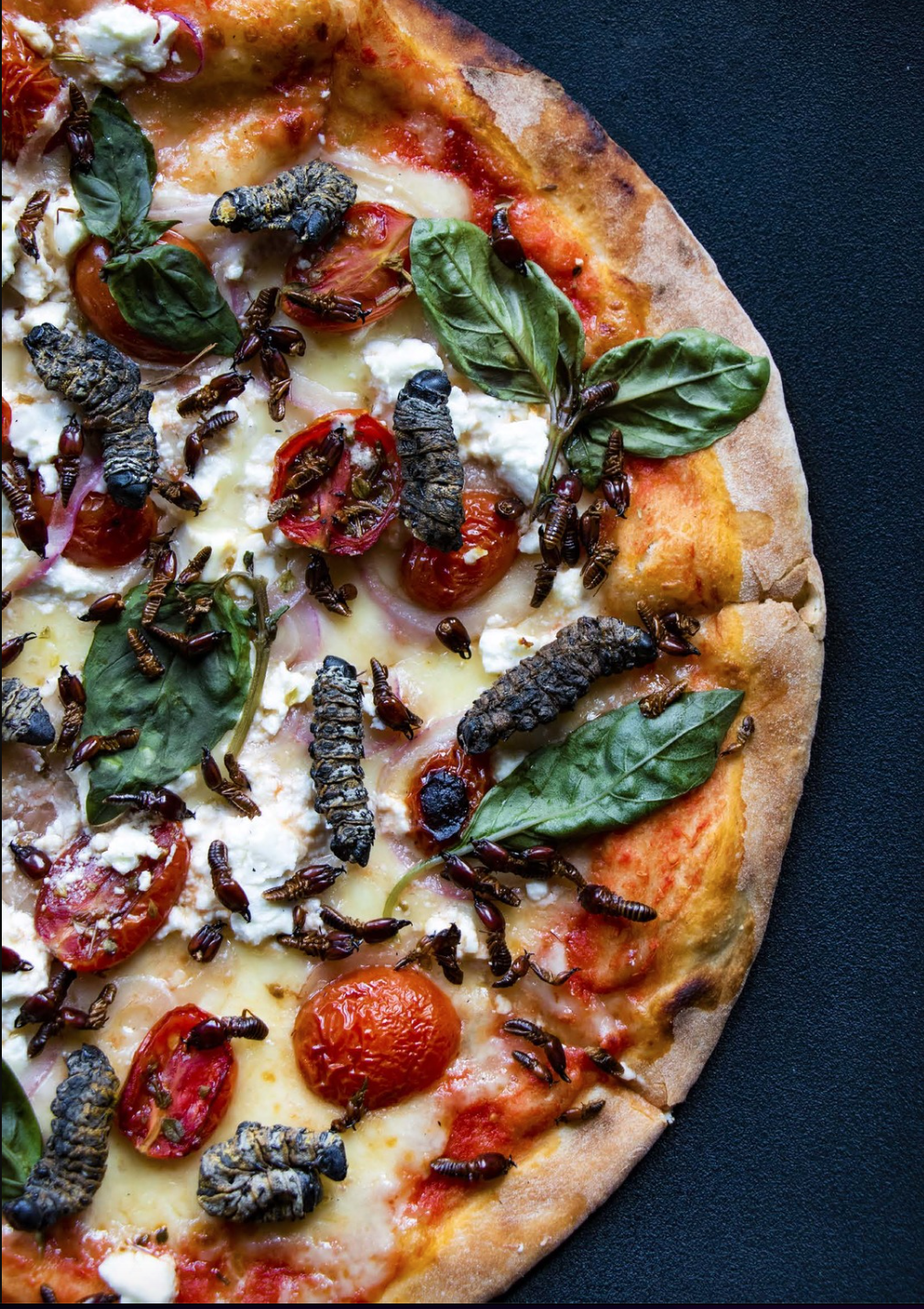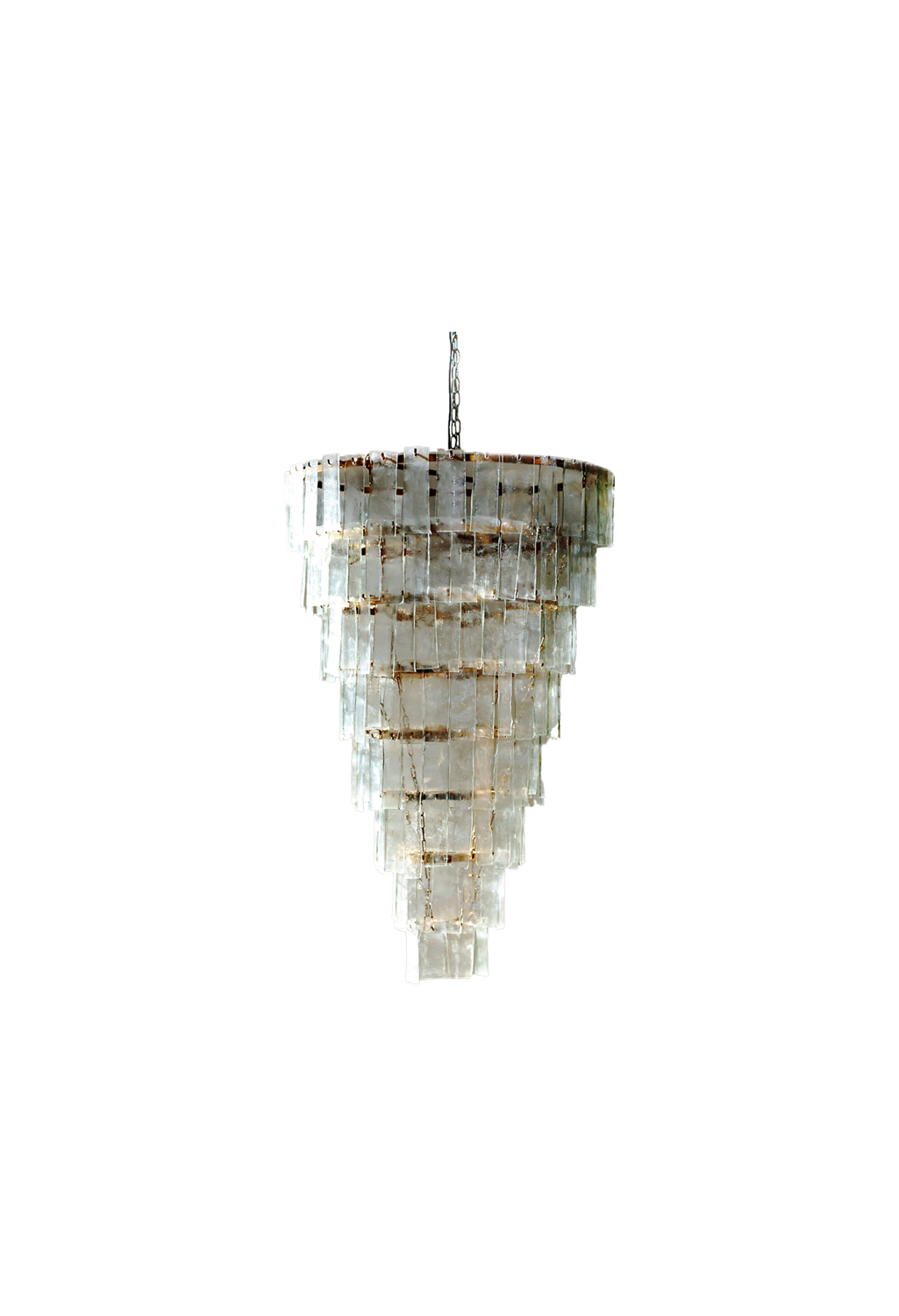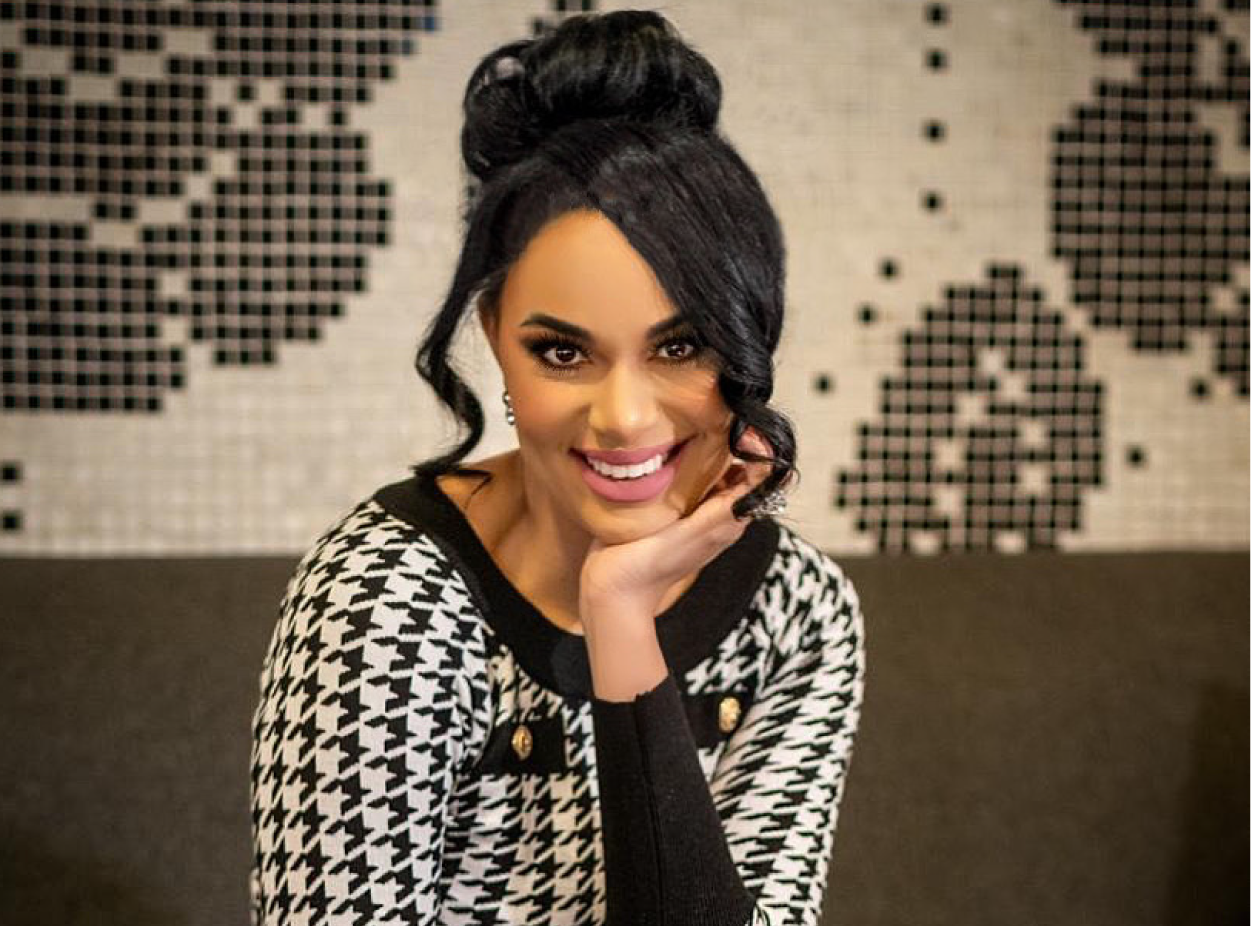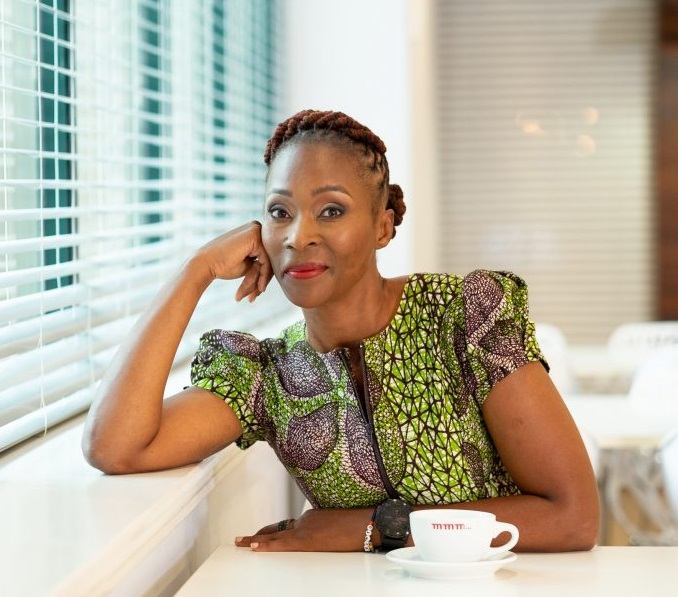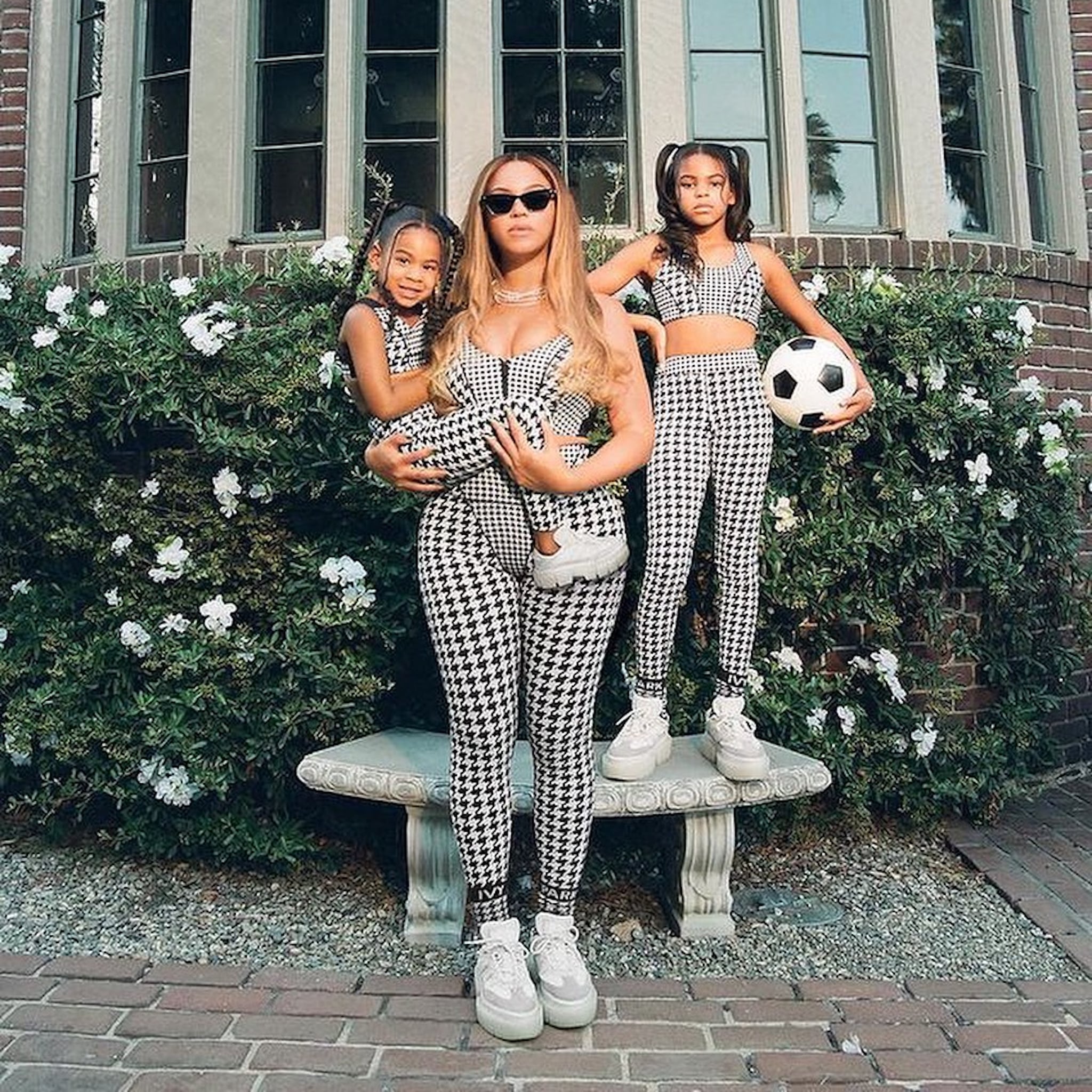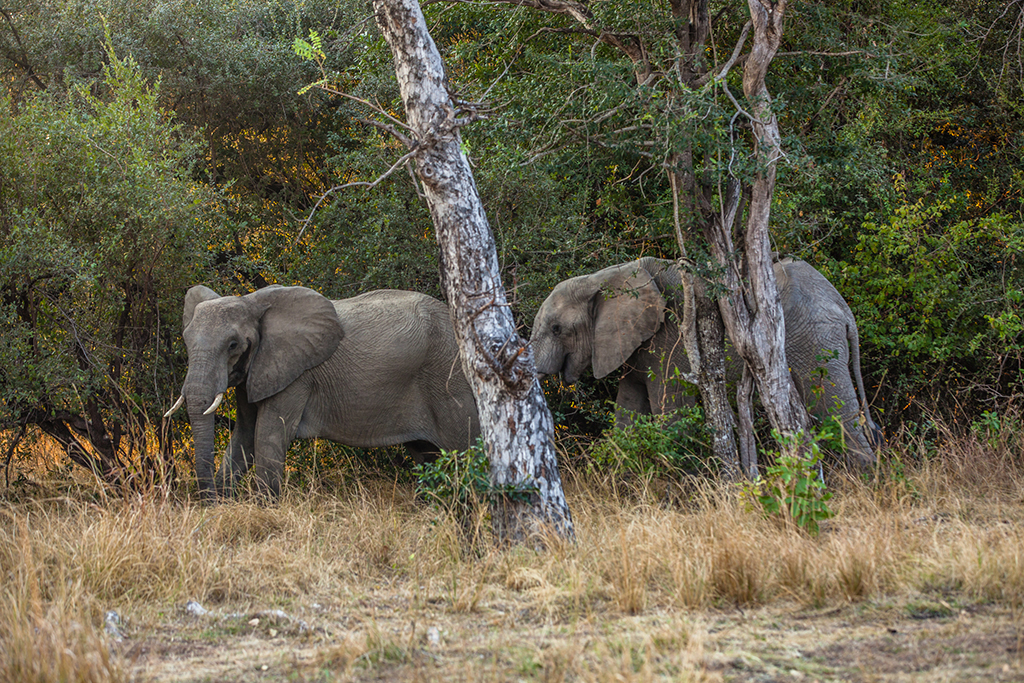We live in a world where fast fashion is the in thing, the more affordable way to shop and the most prevalent kind of fashion that exists in the West and is increasingly common in Africa. You can look stylish for less and keep up with all the latest trends. However, this kind of fashion is unethical; it is not environmentally friendly, is wasteful and the workers producing the clothing often work under harsh conditions with low wages.
WAYAWAYA Bags is one local brand that is making a lasting change in sustainable fashion, which in the era of fast fashion is remarkable. The team consists of eight Zambian female artisans, Norwegian founder Iris Nikolaisen and British operations manager Sebastian Pope. WAYAWAYA embodies the philosophy of slow fashion by advocating for manufacturers, engaging local artisans and creating sustainable fashion.
The phrase WAYAWAYA loosely translates to ‘wasting time’ but this brand has managed to elevate the phrase. A great accessory made from leather takes time, it has to be carefully designed, thought out and executed. The use of leather in their products also means that the process is slower because the leather is sourced from two tanneries, African Gameskin and Hannitan Leather, which happen to be in South Africa.


At the moment Zambia doesn’t have local tanneries that provide leather for items like handbags, with the focus being on leather for industrial use. By trading with other countries like South Africa, and Zimbabwe, and Botswana with better quality leather the hope is that it will motivate Zambia to produce higher quality leather over time. Especially as there are more and more brilliant creators from Zambia working with leather.
Collaboration plays a big role at WAYAWAYA, with training being facilitated between Zambia, Zimbabwe and South Africa. “We first worked with Chloe Townsend from Cape Town who had an amazing background with her brand Missibaba, a luxury accessories label making unique statement leather handbags. I met Chloe through Angela, our lead designer. We told Chloe that we wanted to offer vocational training and create sustainable employment. She basically spent six months teaching us everything from how to cut leather, how to create a collection, design and more. From there we collaborated with Miko from Bulawayo who had relocated to Livingstone and is an excellent leather shoe maker. He was one of the first to teach us how to make leather products. He was joined by a Zambian gentleman named Victor who was trained by the Norwegian Peace Corps twenty-five odd years ago.” WAYAWAYA has since been able to exhibit their work in both Cape Town and Johannesburg fortifying their ties in the South African creative industry.
To create an enjoyable work environment Iris wanted all of the women to be able to understand how all the different components that go into the product making work. Iris explains, “We work dynamically. Everyone has some sort of ownership to every single element of making a batch from cutting the leather to putting the brass buckles on. There are certain people that are better than others in certain areas and vice versa. But they all do everything, so they are all involved in stitching, cutting and polishing.”
Iris works mainly with the design team and often has her ideas challenged by Angela. Iris shares, “I may come up with a design idea but once it hits the machine it might not necessarily be so feasible!” The collaborative spirit of the brand is what makes for the great quality of their end products as all the artisans are equally trained in all aspects of creating the leather accessories.
Providing local women with access to income and vocational training is part of the brand ethos. The in-house vocational training has so far trained two separate groups of women with eighty percent of the women who have received the training still working at WAYAWAYA. The women who were trained have gone on to participate in peer-to-peer training like working with sewing circles in Livingstone and sharing their skills.

With the principle being slow fashion and creating long lasting accessories, WAYAWAYA doesn’t release collections or accessories ranges. The work is about passion over consumerism and it’s a conscious choice not to have collections. Iris enthuses, “If you have a look at the Birkin bag, it has always been the same, just a change in colour and texture and pattern. With us the actual bag model stays the same, but then depending on interest from clients and what’s available, we change the materials. So, at the moment I’m actually sitting with some cotton that we’ve dipped into beeswax, which could be a really cool texture to put on our bag. The ideas come from potential clients, previous customers that we have, or questions like ‘Why haven’t you made wallets?’”
To limit wastage WAYAWAYA uses the leather scraps and trims to design their unique card holders and smaller accessories. They have always been conscious of how all the materials are used and making sure that they get the most out of them. This kind of thinking has led to the discovery of the use of banana fibres and other alternatives like fish leather. Iris shares, “We have a have a big fish farm here. We have been in talks about setting up a tannery for the fish skins, which is very environmentally friendly compared to cow hides. Fish leather is also ten times stronger than cowhide.”

WAYAWAYA is making long lasting change with long lasting products for the fashion-conscious traveller. The signature tones and colours used in the accessories are earthy, using yellows, oranges, reds, blues and browns. WAYAWAYA is incorporating metal finishes and different techniques to weave leather straps, such as braiding, a technique they have adopted in order to be in charge of as much of the value chain as possible. The possibilities are endless with the innovations that these women have been able to play with in order to make sure that they are long lasting.
